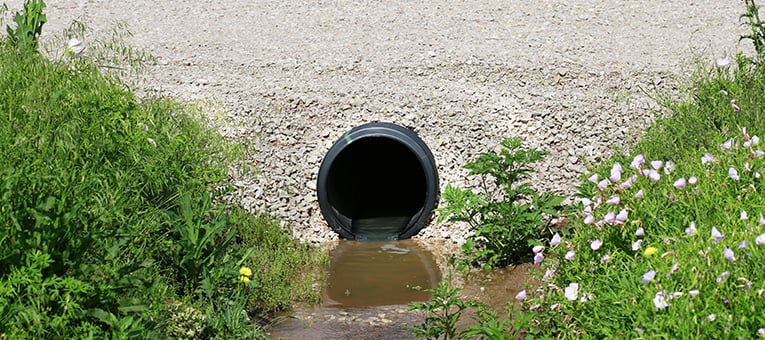Thorough Underbrush Clearing for Land Management
Thorough Underbrush Clearing for Land Management
Blog Article
Culvert Installment Facilitated: Step-by-Step Guide for Success
Mounting culverts may look like a simple task, but ensuring an effective result needs mindful preparation and implementation. From selecting the proper culvert dimension to incorporating proper drainage actions, each step in the installation procedure plays an essential duty in the performance and longevity of the culvert system. By following a methodical approach and taking note of key information, the installment can proceed smoothly, decreasing potential issues down the line. Keep tuned to reveal the crucial steps and factors to consider that can make culvert installation a smooth and effective endeavor.
Selecting the Right Culvert Size
Selecting the proper culvert size is crucial for making sure effective water flow and architectural integrity in culvert installation projects - Pad Construction. The size of the culvert directly impacts the flow ability of water via the framework. A culvert that is too little can lead to flooding and overflow, while one that is too large might result in reduced water rate, possibly creating sediment build-up and blockages
To determine the ideal culvert dimension, variables such as the watershed area, top flow rates, and hydraulic efficiency need to be meticulously taken into consideration. Computations based on these criteria aid in selecting a size that can properly manage the expected water quantity while minimizing the threat of obstructions and structural failing.
It is vital to speak with engineering guidelines and requirements to ensure that the selected culvert size satisfies the task needs and regional policies (Pad Construction). By choosing the best culvert dimension, job supervisors can enhance water circulation, stop possible problems, and boost the overall performance and long life of the culvert setup
Preparing the Installation Site
Efficient culvert installation demands careful preparation of the installation site to make sure ideal structural support and capability. Before commencing the setup process, it is critical to remove the website of any type of debris, greenery, or obstructions that can hamper the culvert's positioning.
In addition, it is vital to take into consideration factors such as soil make-up, groundwater degrees, and ecological impacts when preparing the installment site. Conducting a comprehensive site analysis can aid identify any possible obstacles or dangers that might influence the culvert's efficiency. By taking the time to prepare the setup website correctly, you can help guarantee an effective culvert setup that fulfills architectural requirements and makes sure long-term functionality.
Positioning the Culvert Properly

The grade at which the culvert is positioned is critical for preserving an appropriate incline for water circulation. Furthermore, the culvert must be oriented properly to make certain that the inlet and outlet are in the proper areas. Pad Construction.
Backfilling and Compacting the Soil
Correct backfilling and compaction of the soil around the culvert is essential to make certain stability and protect against potential problems in the future. Once the culvert is appropriately placed, the following important action is to backfill the location around it with suitable material.
After placing the backfill product, it is essential to portable it in layers of consistent density. Making use of a compactor or a mechanical tamper, small the dirt gently to stay clear of harming the culvert. Compaction aids in minimizing the possibilities of negotiation and guarantees consistent assistance around the culvert. It is important to compact the dirt evenly on all sides of the culvert to maintain its structural honesty.
Proper backfilling and compaction not only offer stability to the culvert but additionally aid in preventing dirt erosion and preserving the long life of the culvert system.
Making Sure Proper Water Drainage Assimilation
Incorporating reliable drain solutions plays a crucial function in the general capability and longevity of culvert installations. Correct drain integration is essential for handling water circulation, avoiding erosion, and making certain the architectural integrity of the culvert system. To accomplish this, it is essential to make a detailed water drainage plan that considers aspects such as the quantity of water expected, the topography of the location, and the kind of dirt existing.

In addition, incorporating functions like disintegration control procedures, such as riprap or plant life, can further enhance the performance of the drainage system. By very carefully preparing and carrying out these drain options, culvert installments can work efficiently and hold up against the test of time.
Conclusion
To conclude, appropriate culvert installment is important for preserving effective water drainage systems. By selecting the ideal culvert dimension, preparing the setup website, positioning the culvert properly, backfilling and condensing the dirt, and ensuring proper drainage assimilation, success can be accomplished. Following these steps will certainly help guarantee the longevity and efficiency of the culvert, eventually adding to the general success of the drainage system.
Report this page